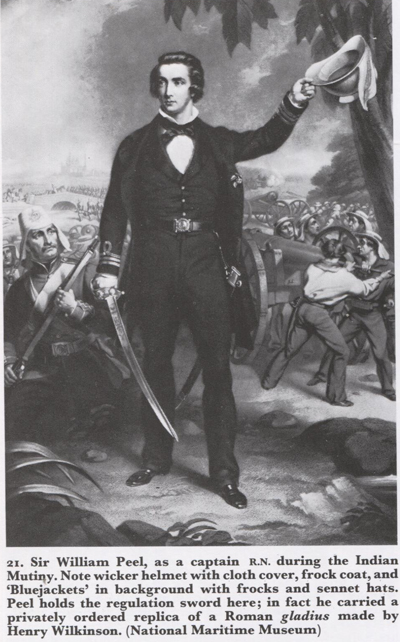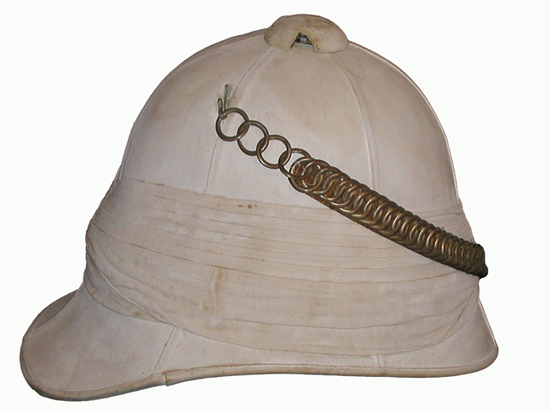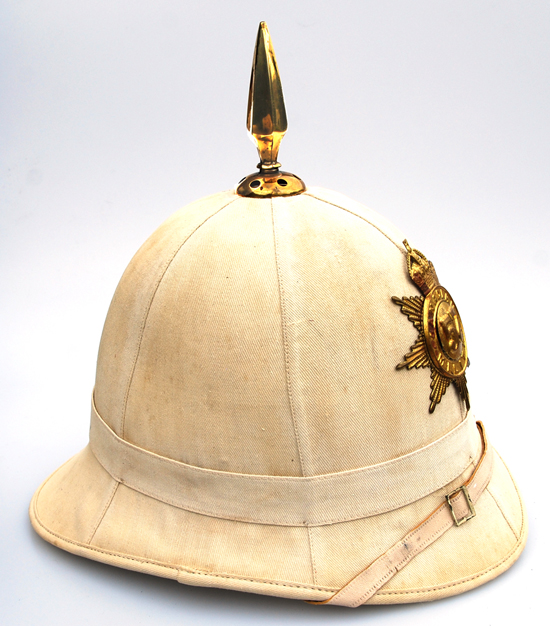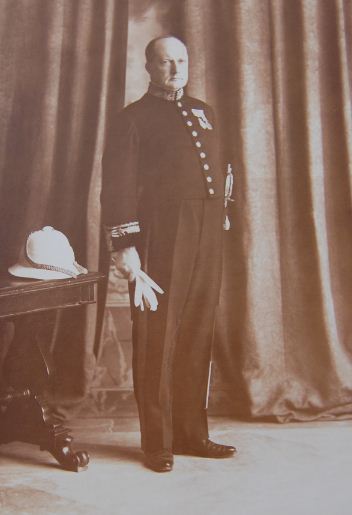Although not officially established as part of a tropical uniform for officers until 1885, the sun helmet was used unofficially as far back as the Indian Mutiny (1857-1858). It was described as being a “white helmet with blue pagri.” 1 Continue reading
Category Archives: British
Sun Helmet of Major C. Venables-Llewelyn of the Glamorgan Imperial Yeomanry
Objects of militaria are often a link back in time. However, all too often we hear, “if only this piece could tell its stories.” This of course will never happen, but occasionally we get lucky and are able to do some historical research and find out a bit more about a particular item. No longer do we think of a vague shadowy figure who may have worn the uniform, but we can find out a bit more about the original owner.
This is the case with a British Foreign Service Helmet, and storage tin that was once owned by Sir Charles Venables-Llewelyn of the Glamorgan Imperial Yeomanry. Inside the helmet are the stamped letters “C. V. L.,” whilst the tin is marked to a “Major C. Venables Llewelyn.” Continue reading
The British Home Service Helmet
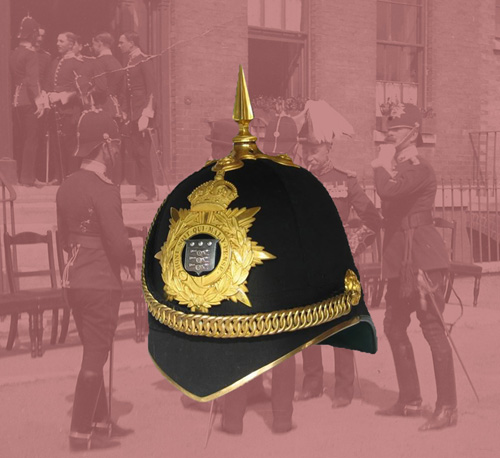
An example of an officer’s version of the Home Service Helmet. This one is provenanced to W. Swan of the Army Ordnance Department. (Author’s collection)
While we focus on sun helmets on this website these are, of course, only one form of headgear among many worn by armies throughout history. The subject of this article is the British Home Service Helmet, which in this writer’s opinion was inspired by the Colonial Pattern sun helmet worn in India from at least as early as the 1850s.
Straight to the Point: The History of the Spiked Helmet
Many colonial pattern sun helmets featured a spike at the dome, a feature reminiscent of the German “Pickelhaube” (Pointy Hat). This traditional of wearing a spike is one that appears to originate in the 1840s, and while a helmet with a spike on top is traditionally associated with Prussia and later Germany, the truth is that many nations including the United States, Great Britain, Portugal, Spain, Norway, Sweden and Chile all were among those that utilized the decorative spike. Continue reading
The British Commonwealth Soldier in Jamaica (Circa 1940) Recreated
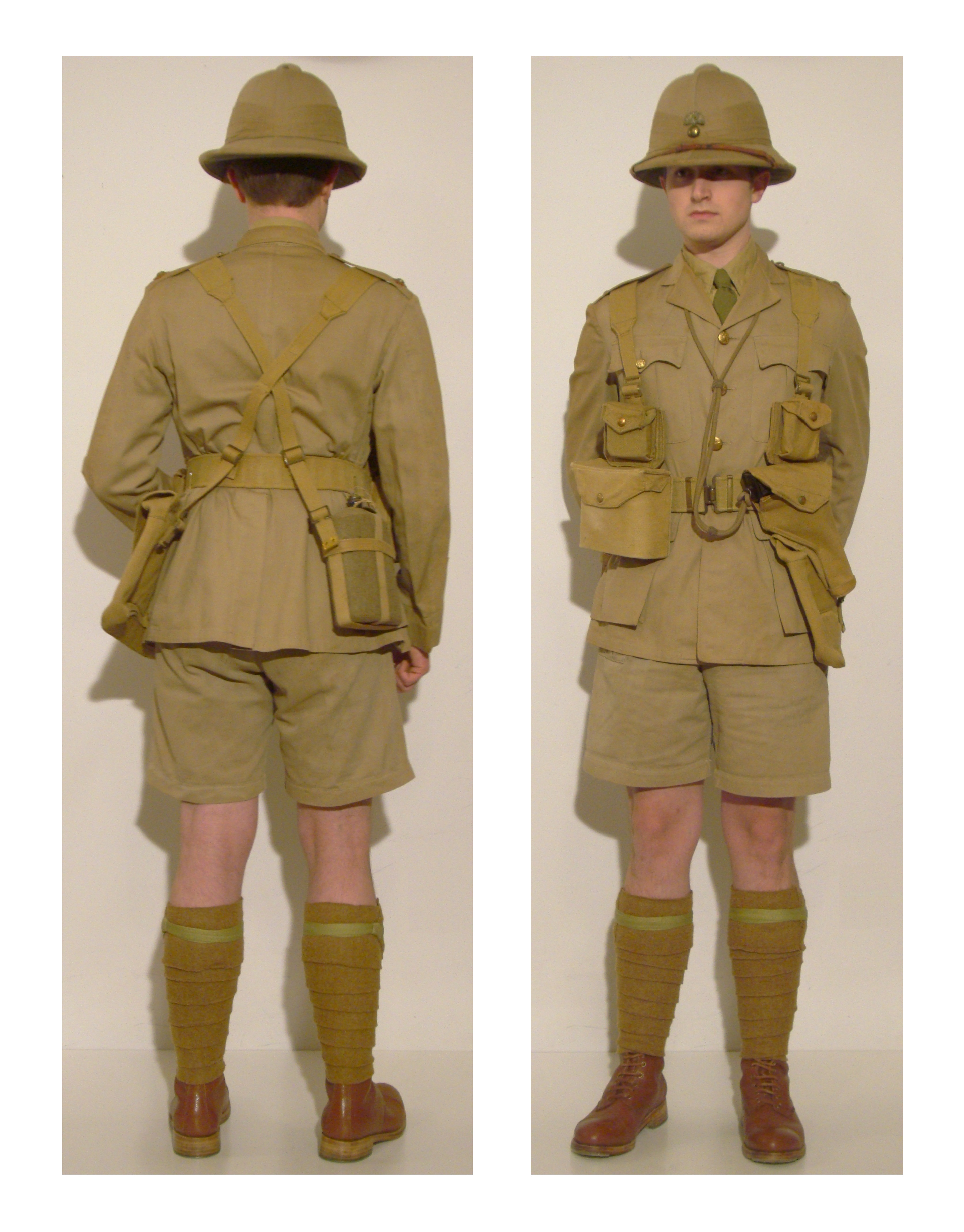 With the war in Europe going badly for the allies, it was deemed necessary to withdraw the British infantry battalion that usually garrisoned Jamaica and Bermuda to reinforce the heart of the Empire. The Dominion of Canada was asked to field a replacement battalion and agreed at once. ‘Y Force’, as it was known, arrived on May 27 and consisted of the Winnipeg Grenadiers, a machine-gun regiment. This force took up residence in the British base at Up Park Camp outside Kingston as well as the cantonment of Newcastle in the Blue Mountains. (Foster) Continue reading
With the war in Europe going badly for the allies, it was deemed necessary to withdraw the British infantry battalion that usually garrisoned Jamaica and Bermuda to reinforce the heart of the Empire. The Dominion of Canada was asked to field a replacement battalion and agreed at once. ‘Y Force’, as it was known, arrived on May 27 and consisted of the Winnipeg Grenadiers, a machine-gun regiment. This force took up residence in the British base at Up Park Camp outside Kingston as well as the cantonment of Newcastle in the Blue Mountains. (Foster) Continue reading
No plaintiff, but a judge: The Formal Dress Wolseley Helmet of Sir Norman George Armstrong Edgley, KC.
According to the former owner, this part of Sir Norman´s legacy – consisting of his Wolseley helmet, album of photographs, Royal Warrant, some more papers and his fly whisk – came from a private house auction and was brought there for fancy dress purposes. A nice idea – and a nice imagination as well, to go to a fancy dress party just covered with Sir Norman´s helmet and swinging his fly whisk. If one gets arrested dressed like this – there is still the Royal Warrant, signed by George VI., to have at least some kind of legitimation. But were to put it without a pocket? Maybe folded in the liner of the helmet, the same place where Lord Kitchener, according to his biographer Philip Magnus, carried dispatch leaflets with him. Continue reading
MAX Show 2012: Sun Helmets and Other Militaria
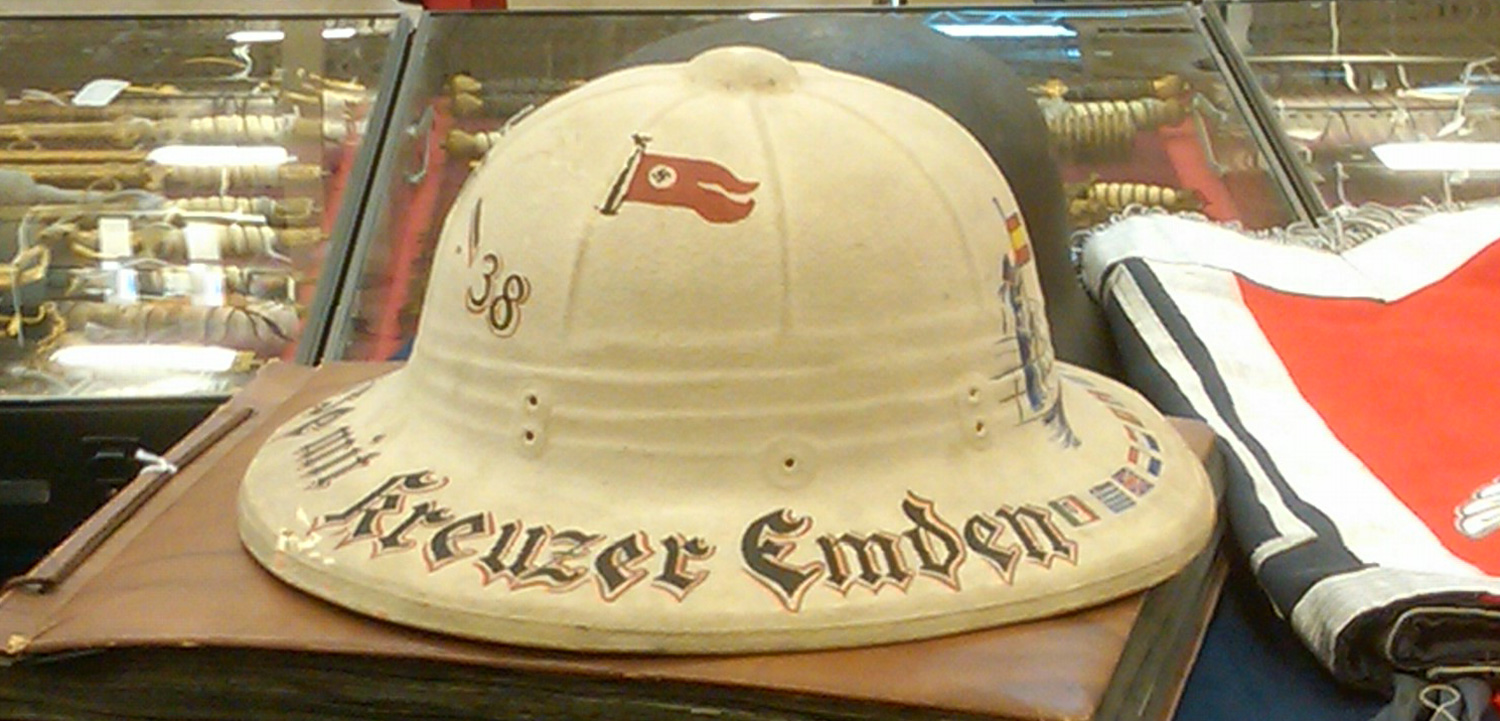 The 25th annual Military Antiques Xtravaganza (MAX) Show took place in Monroeville, outside of Pittsburgh. This 1,500 table show is one of the two largest shows in North America and attracted dealers from around the world. As with past years there was far too much to see, but here is a recap of the sights of the 2012 MAX Show. Continue reading
The 25th annual Military Antiques Xtravaganza (MAX) Show took place in Monroeville, outside of Pittsburgh. This 1,500 table show is one of the two largest shows in North America and attracted dealers from around the world. As with past years there was far too much to see, but here is a recap of the sights of the 2012 MAX Show. Continue reading

